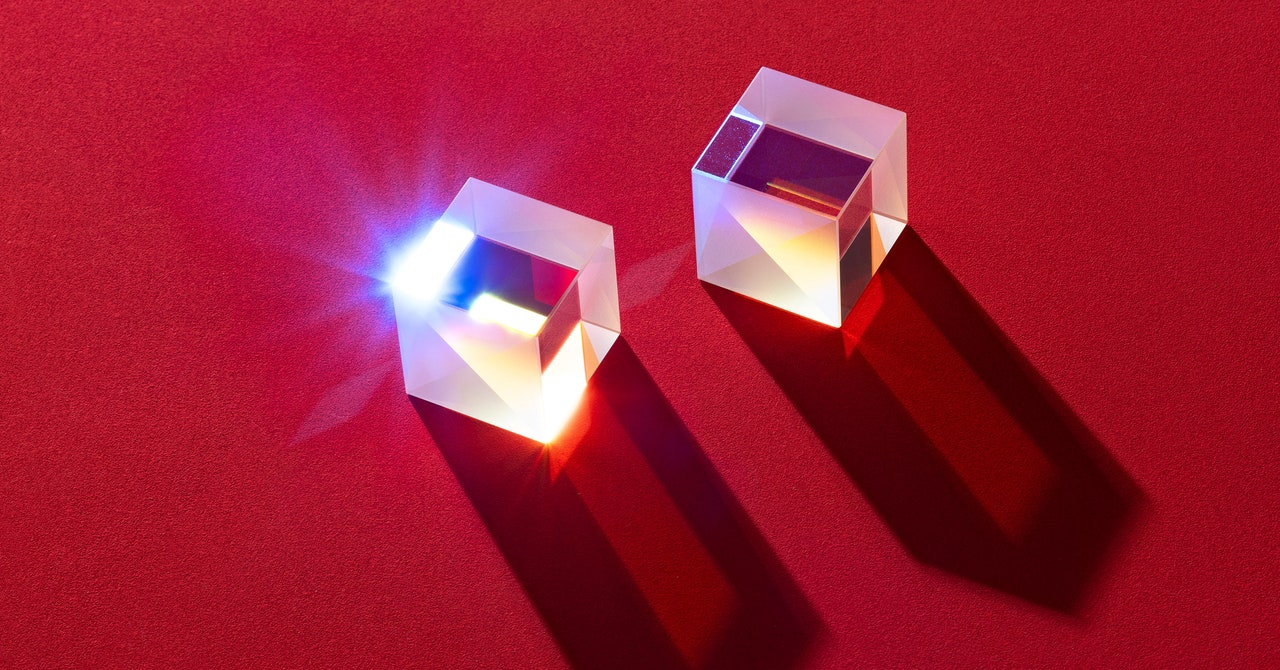How long will can the naked eye tell the difference between images created by generative artificial intelligence and art created by humans? Ari Melenciano, an artist working at Google’s Creative Lab, peers at her computer screen during our Zoom chat, scanning artwork created with generative AI. “I mean, I can barely tell the difference now,” she says.
The public release of AI art tools, such as Midjourney and DALL-E 2, has sparked controversial debates among artists, designers and art enthusiasts alike. Many are critical of the fact that the rapid advancement of technology was fueled by scouring the internet for publicly posted art and images, with no credit or compensation for the artists whose work was stolen. “I think the current model of AI art generators is unethical, because of the way they collected their data — against the knowledge of basically everyone involved,” said Jared Krichevsky, a concept artist who designed the memeable AI bot for the M3GAN movie.
Several artists continue to express anger at their original craftsmanship powering AI generators without informed consent. “Their works are fed into a machine against their will,” says Krichevsky. “This machine was designed specifically to replace us.” Companies behind AI generators will soon be in court to defend against claims of copyright infringement.
Despite the legal challenges, the widespread use of AI art tools continues to cause confusion. When a digital artist recently posted his work on Reddit, he was accused by an r/Art moderator of posting an image generated using AI. Is it still possible to see it at a glance? “For the average person, I feel like there’s not that much time left before they can’t tell the difference anymore,” says Ellie Pritts, an artist who embraces multiple forms of generative AI in their artwork.
People often joke online that in AI art you can’t look too closely at the hands or you’ll discover bizarre finger configurations. “The eyes can be a little funky, too,” says Logan Preshaw, a concept artist denouncing the use of current AI tools. He says, “Maybe they’re just kind of dead and staring into thin air, or they have strange textures.” Logan also doesn’t expect the little clues an average viewer can use to identify AI art to stick around for very long. Multiple artists we interviewed agreed that such tell-tale signs will become less obvious as technology advances, and the developers behind those tools are adapting them to address common complaints like dead eyes and too many fingers.
Dan Eder, a 3D character artist, believes viewers should consider the overall design of a piece when trying to identify an AI image. “Let’s say it was some kind of ‘fantasy warrior armor’. At a glance, the artwork looks beautiful and very detailed, but often there is no logic behind it,” he says. “When a concept artist creates armor for a character, there are things you have to consider: functionality, limb placement, how much is that going to stretch.”

